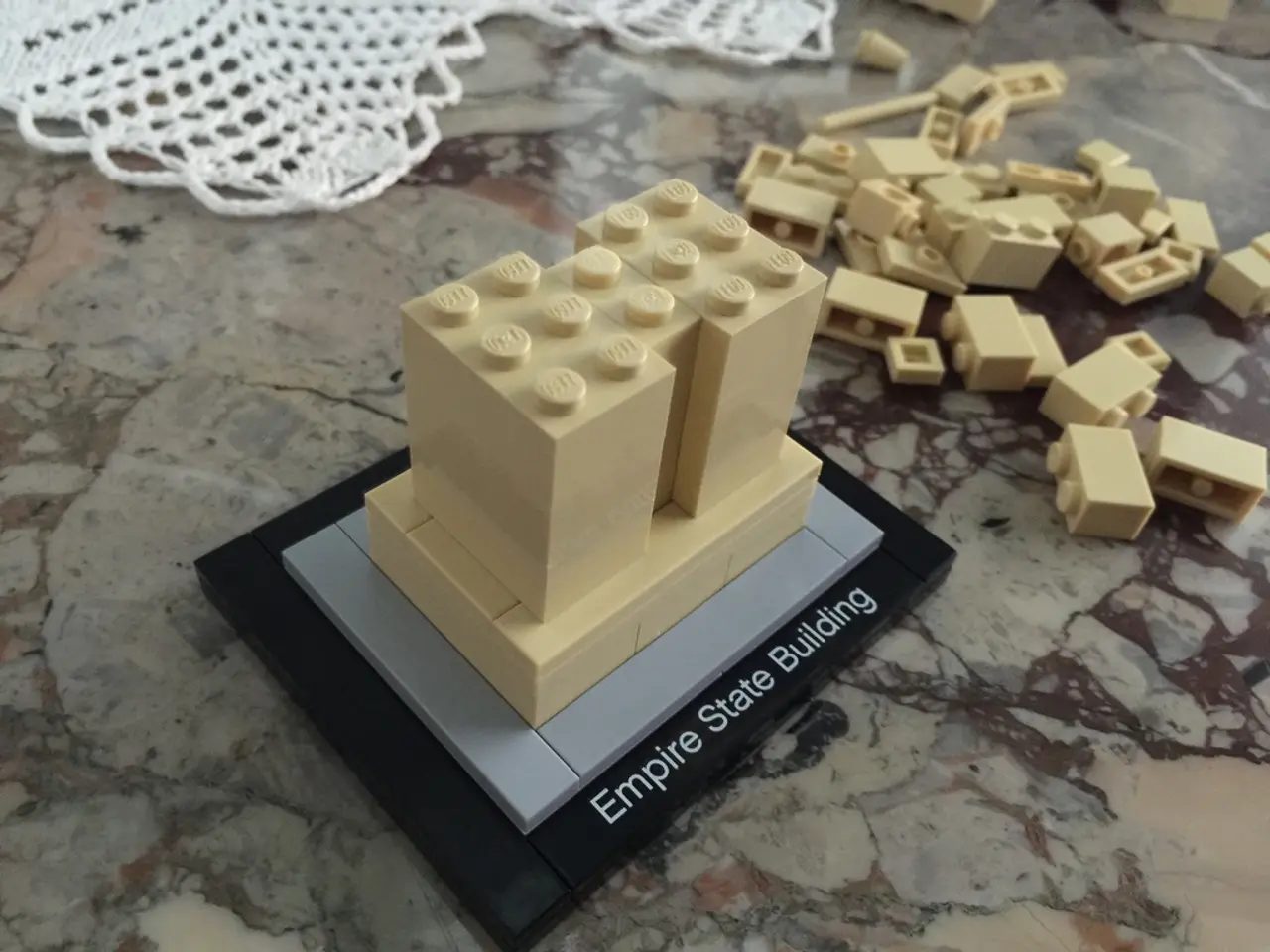Comparing Mineral Wool and Fiberglass Insulation: A Guide for Selecting the Best Option for Your Endeavor
When it comes to insulating your home, two popular choices are mineral wool and fibreglass. Each material has its unique advantages and disadvantages, making them suitable for different applications.
Thermal Performance
Mineral wool, with R-values ranging from 3.0 to 4.3 per inch, offers better thermal efficiency compared to fibreglass. Its thermal resistance remains consistent in extreme temperatures. Fibreglass, while energy-efficient, has a slightly lower R-value.
Lifespan
Mineral wool is known for its durability, with a lifespan of up to 50 years or more without settling or degradation. Fibreglass, while also durable, may be more prone to settling over time, potentially reducing its effectiveness.
Fire Resistance
Mineral wool boasts superior fire resistance, being non-combustible and capable of withstanding high temperatures better than fibreglass. Some products are even rated Class A for fire resistance. Fibreglass is fire-resistant but offers less fire protection than mineral wool.
Soundproofing
Due to its denser structure, mineral wool provides significantly better sound absorption and blocking capabilities. It is often used for acoustic insulation in studios and demanding environments. Fibreglass offers good sound absorption for its thickness but is generally less effective at soundproofing compared to mineral wool.
Moisture Resistance
Mineral wool naturally repels water and resists mold, mildew, and moisture damage, making it suitable for damp climates and flat roofs. Fibreglass is more susceptible to moisture absorption, which can lead to mold or degradation if exposed to wet conditions.
Ease of Use
Fibreglass is lighter and easier to cut and install, making it a good choice for DIY projects. Mineral wool, being denser and heavier, can be more difficult to work with and requires professional installation to maximize performance.
Cost
Fibreglass is generally more affordable than mineral wool, but its superior fireproofing, soundproofing, and moisture resistance justify the higher cost in certain applications.
Other Insulation Options
For those seeking eco-friendly insulation types, consider wood fibre insulation, hemp insulation, or sheep wool insulation.
Specific Insulation Products
- The 170mm and 200mm glass wool insulation rolls are designed for use in cold lofts where pitched roofs are insulated at ceiling level.
- The 100/200mm mineral wool insulation is designed for home comfort and energy saving, especially for application in lofts.
- The 100mm glass wool insulation roll is designed for insulating between 400 and 600mm ceiling joists.
In summary, mineral wool excels in fire resistance, soundproofing, moisture resistance, and durability, making it ideal for demanding applications and longer lifespan. Fibreglass is more affordable, easier to install, and still offers good thermal and fire-resistant properties but is generally less effective in soundproofing and moisture resistance compared to mineral wool. The choice depends on project priorities such as budget, installation ease, and performance needs.
- For individuals seeking eco-friendly insulation options, products like wood fibre insulation, hemp insulation, or sheep wool insulation could be considered.
- The 170mm and 200mm glass wool insulation rolls are specifically designed for cold loft insulation with pitched roofs installed at ceiling level.
- The 100/200mm mineral wool insulation is engineered for home comfort, energy savings, and is particularly suitable for loft application.
- A 100mm glass wool insulation roll is designed for insulating between 400 and 600mm ceiling joists.
- When it comes to DIY home improvement projects, fibreglass might be a simpler choice due to its lighter weight and easier installation compared to mineral wool.
- Homeowners looking to maximize the performance of their insulation may want to consider professional installation for mineral wool, given its denser and heavier nature.
- While fibreglass is generally more affordable, the increased cost of mineral wool may be justified in certain applications where superior fireproofing, soundproofing, and moisture resistance are desirable.




